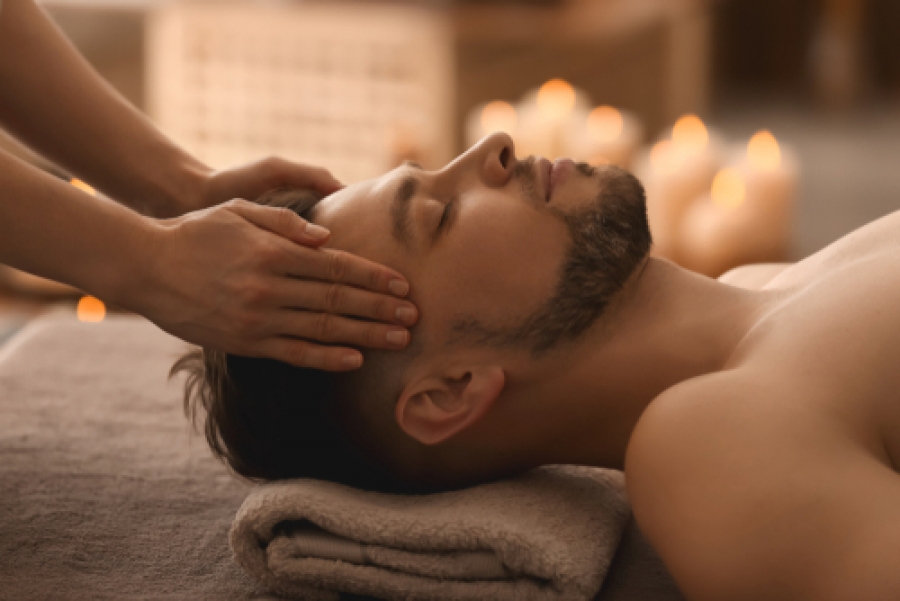
n the world of natural medicine and alternative recovery, reflexology stands out as a progressively prominent and interesting practice. This ancient therapeutic strategy, based on the principle that certain points on the hands, feet, and ears represent different body components and organs, has been astounding both specialists and individuals alike for centuries.
Revealing the Essence of Reflexology Reflexology is more than just a foot massage therapy; it’s an organized practice that applies stress to details indicate advertise recovery and equilibrium throughout the body. The underlying theory suggests that these stress factors are connected to numerous organs and body systems with energy networks. By stimulating these points, reflexologists intend to clear clogs, boost blood circulation, and bring back the body’s all-natural equilibrium.
– Leonardo da Vinci The Historical Tapestry of Reflexology While the modern-day practice of reflexology was created in the 20th century, its roots can be traced back to old worlds. Standard Chinese medication has long acknowledged the interconnectedness of body components, influencing the advancement of reflexology as we recognize it today.
In the early 1900s, Dr. William Fitzgerald presented the idea of “zone treatment” to the Western world, which later on advanced into modern reflexology with the work of Eunice Ingham in the 1930s. Ingham, usually described as the “mommy of reflexology,” mapped the entire body onto the feet, developing the structure for contemporary reflexology methods.
The Science Behind the Practice While doubters may question the clinical basis of reflexology, advocates suggest that its advantages are rooted in the body’s neurological and power systems. The application of stress is believed to promote the nerve system, promoting leisure and minimizing stress and anxiety. Some researchers recommend that reflexology may trigger the launch of endorphins, the body’s natural pain-relieving and mood-enhancing chemicals.
Prospective Benefits and Applications Advocates of reflexology claim a vast array of benefits, consisting of:
Tension decrease and leisure Improved circulation Pain monitoring, specifically for frustrations and back pain Enhanced sleep quality Boosted body immune system feature Alleviation of digestion problems Support for hormone equilibrium While scientific research study on reflexology is recurring, lots of people report significant enhancements in their total health after obtaining treatments. It’s important to note that reflexology is generally considered a complementary therapy and must not replace standard clinical care.
The Reflexology Experience A common reflexology session lasts in between 30 to 60 mins. The practitioner begins by evaluating the customer’s wellness history and current issues. The client then eliminates their shoes and socks and sits easily or lies down. Utilizing their thumbs, hands, and fingers, the reflexologist uses varying degrees of stress to certain points on the feet, hands, or ears.
派遣リフレ of people explain the experience as deeply unwinding, frequently reporting a sense of heat or prickling feelings throughout their body during the session. Some may also drop off to sleep, awakening sensation freshened and revitalized.
Integrating Reflexology right into Modern Wellness As the globe significantly embraces alternative strategies to wellness and wellness, reflexology has found its place in medspas, health facilities, and even some medical centers. It’s typically made use of combined with various other treatments such as acupuncture, massage, and aromatherapy to create detailed health experiences.
For those interested in exploring reflexology at home, there are many self-help techniques and devices offered. From easy foot rollers to in-depth reflexology graphes, individuals can find out to use standard principles of reflexology to improve their daily wellness routines.
The Future of Reflexology As study in the area of alternate and corresponding medicine continues to evolve, reflexology may obtain additional acknowledgment in the clinical neighborhood. Ongoing research studies are exploring its possible applications in different wellness problems, from anxiousness and clinical depression to cancer cells care assistance.
“The feet are the mirror of the body.” – Eunice Ingham Whether considered as a clinical strategy to healing or a holistic art form, reflexology supplies a distinct perspective on the body’s interconnectedness. As even more people look for natural and non-invasive methods to sustain their wellness, this old method proceeds to discover significance in our modern globe, inviting us to explore the healing potential that lies at our fingertips– or instead, at our feet.
Introducing the Essence of Reflexology Reflexology is extra than just a foot massage; it’s a systematic practice that applies stress to specific points to promote recovery and equilibrium throughout the body. – Leonardo da Vinci The Historical Tapestry of Reflexology While the modern practice of reflexology was established in the 20th century, its origins can be traced back to old worlds. The Science Behind the Practice While doubters might question the clinical basis of reflexology, supporters suggest that its benefits are rooted in the body’s neurological and power systems. The Reflexology Experience A normal reflexology session lasts in between 30 to 60 minutes. – Eunice Ingham Whether viewed as a clinical strategy to recovery or an all natural art kind, reflexology supplies an one-of-a-kind point of view on the body’s interconnectedness.